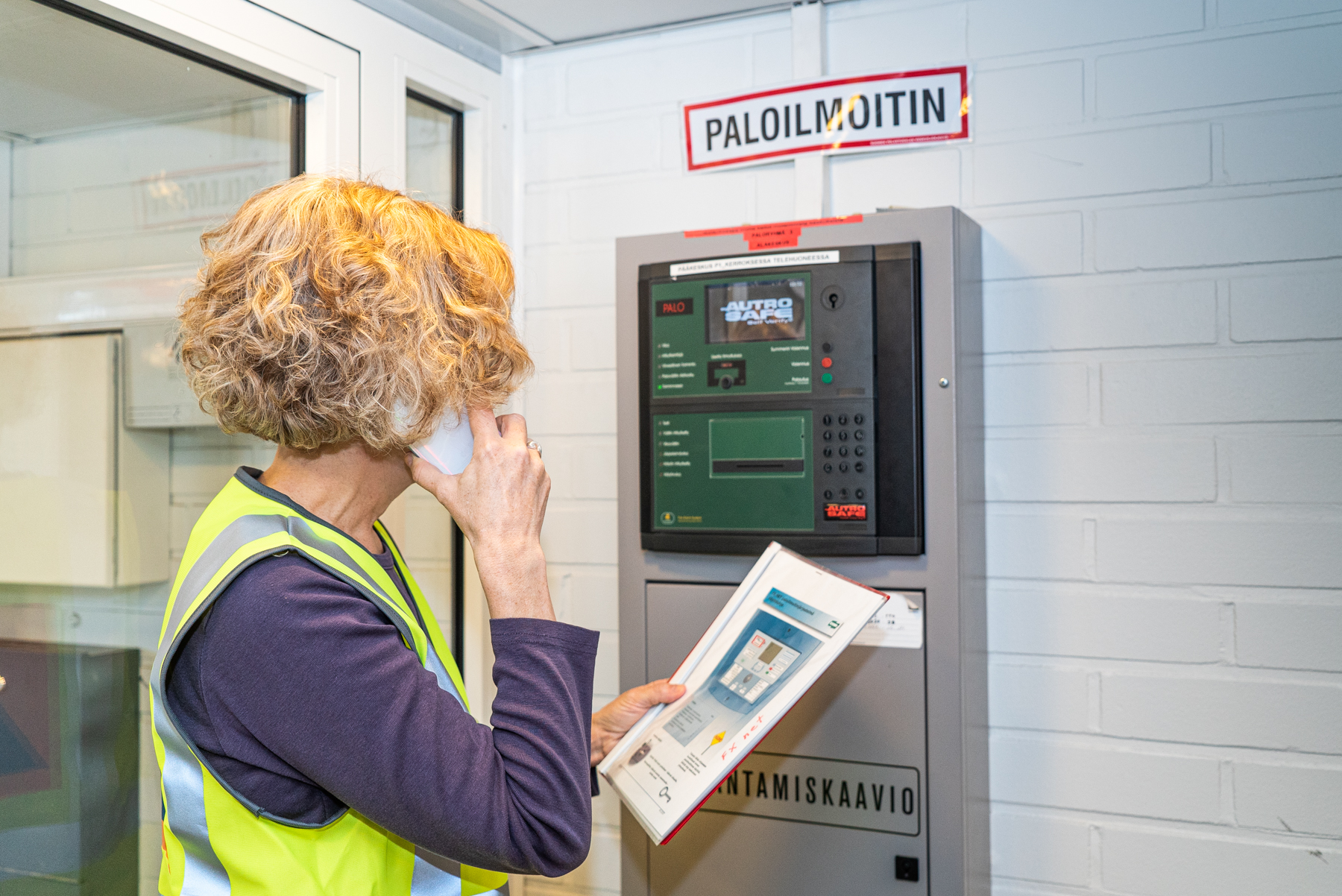Smoke detectors and fire extinguishing systems detect and alert about fires. This gives people time to react quickly to an outbreak of fire. On occasion, however, smoke detectors give false alarms that are often caused by human actions, inadequate arrangements or lack of maintenance of the detector. This is revealed by statistics on inspections performed on smoke detectors.

“The reliability of smoke detectors and fire extinguishing systems is about ensuring the safety of the property and the people living and working there. That’s why it is important to ensure that the equipment is in working condition,” says Lauri Lehto, expert in fire prevention technology at the Finnish National Rescue Association SPEK.
SPEK has published instructions prepared by the fire prevention technology development working group on how to deal with false alarms. False alarms indicate that not everything is working as it should.
A smoke detector is made up of a central unit, power supply, buttons, alarms and indicators. In smoke detectors that are connected to the emergency response centre, an essential component is the fire alarm monitoring system. The condition of the detector should be verified with regular testing.
“There is often room for improvement in maintaining the equipment. During inspections, this is seen as build-ups of multiple issues and a lack of up-to-date documentation and plans. Regrettably, even annual maintenance of the devices has been skipped or its quality and documentation has been lacking,” says Petri Puttonen from the audit firm Alarm Control.
Repeated false alarms can have costly consequences
False alarms are distinguished in professional language from incorrect alarms as in a false alarm, the detector itself has worked as designed. The cause of the alarm is simply one that could have been prevented. Equipment that is working correctly will not give off a false alarm.
A large proportion of false alarms are caused by human error. A false alarm can also be the result of damage to cables or a burst pipe caused by construction or renovation work. Whenever the alarm goes off, always investigate what happened and why.
People living and working in the premises should be instructed on what to do in the event of a false alarm. The owner is also responsible for repairing the equipment and providing the rescue authorities with a written report of the event if requested.
A false fire alarm may result in the rescue services to be alerted to the scene, even if there is no actual fire or emergency. The rescue department may charge the owner for repeated false alarms.
The development working group on fire prevention technology has prepared instructions on false alarms and how to prevent them while ensuring the reliable operation of the smoke detector.
